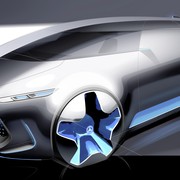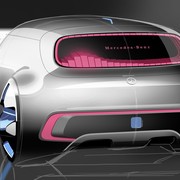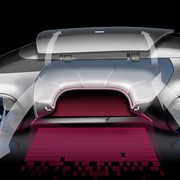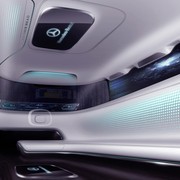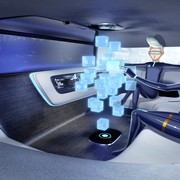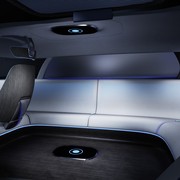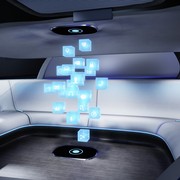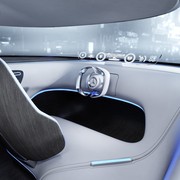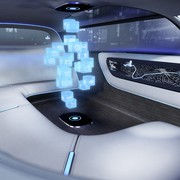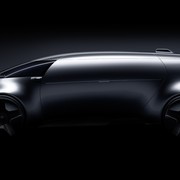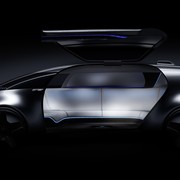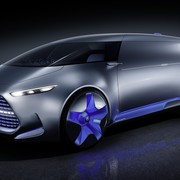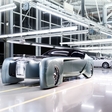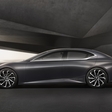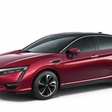
In Tokyo, Mercedes-Benz is presenting Vision Tokyo, a study of the mobile club for young urban trendsetters on wheels which with its monolith structure, futuristic design and comfortable lodge environment addresses the young residents of the sophisticated megacity and trendy capital of Tokyo.
As it is said in Stuttgart, Tokyo is a city on a mere 622 square kilometres, which is less than the surface area of Paris, but has nine million inhabitants, i.e. four-times as many as Paris. The city also represents a fascinating combination of tradition and state-of-the-art high tech and constantly develops new trends. As such, it is ideal for the premiere presentation of their study Vision Tokyo.
The car is mainly intended for the crowd of young representatives of the Z generation who were born after the year 1995 and who do not see the car only as a means of transport but also as a digital mobile companion. However, they took a step forward since the innovative algorithms enable continuous development of the car. With applications such as Deep Machine Learning and Intelligent Predictive Engine, it increasingly adapts to the passengers and their habits with every ride.
A maximum of five passengers can enter the comfortable lodge through an upwardly opening door on the left side where instead of five seats there is a semi-circular sofa, which provides comfort while enjoying in the autonomous car. If the driver has to take the driving controls, the seat facing the driving direction separates from the sofa and the steering wheel comes out of the dashboard. The dome-like roof provides for the privacy of passengers with panes of the same colour as the bodywork which also assume the role of displays, while the classic windshield is replaced by a glass panel that follows the music with a LED light display.
The study is driven by an electric motor, powered by a strong and compact battery which can be charged from a secure built-in fuel cell or contactless by means of electrical induction. Hydrogen for fuel cells is stored in a plastic container reinforced with carbon fibres. Such electric-hybrid powertrain enables a 980 kilometre range, 190 kilometres with electricity from the battery and additional 790 kilometres with electricity from fuel cells.
